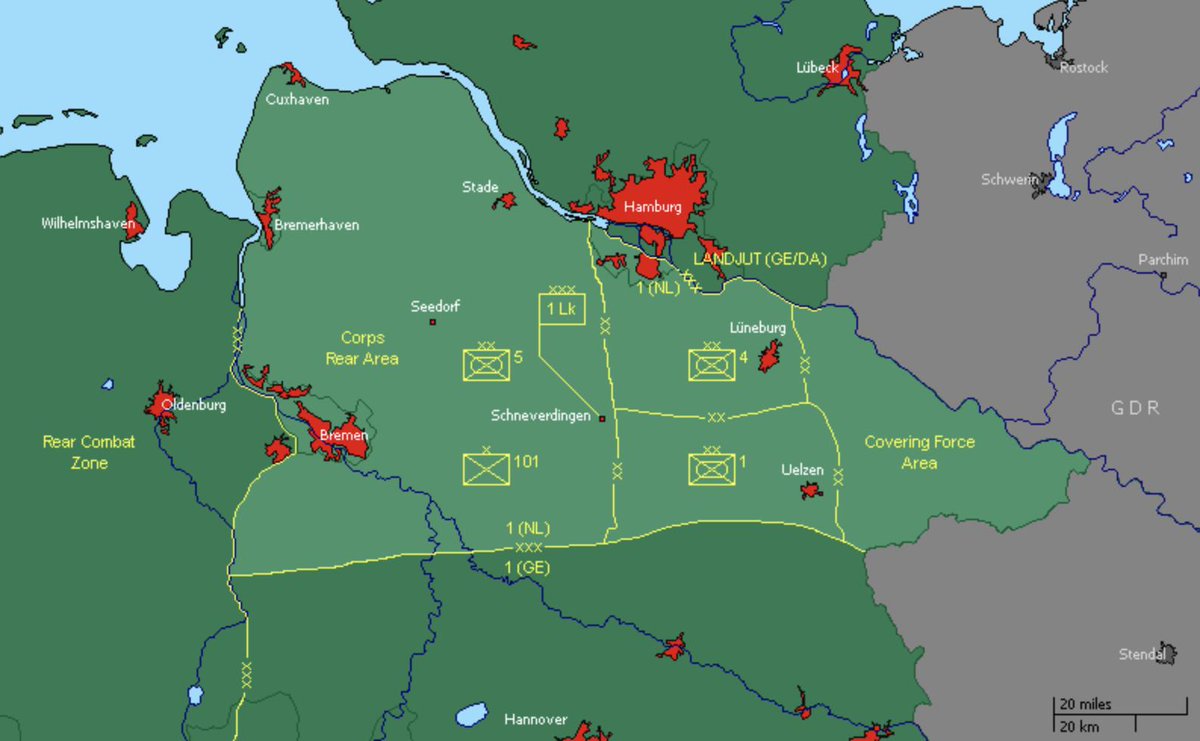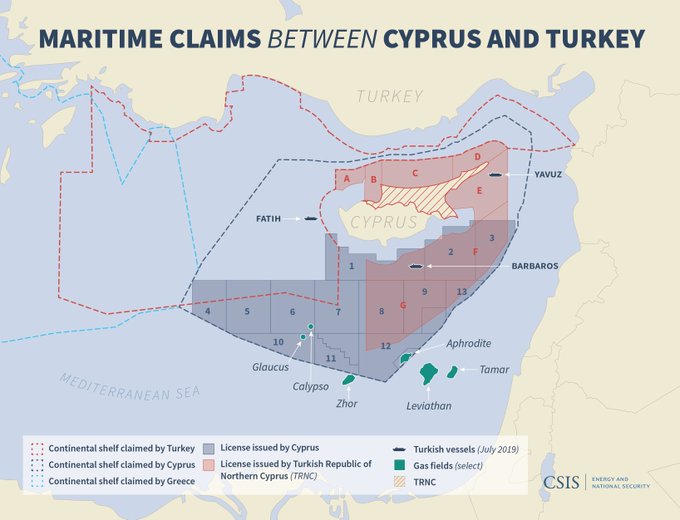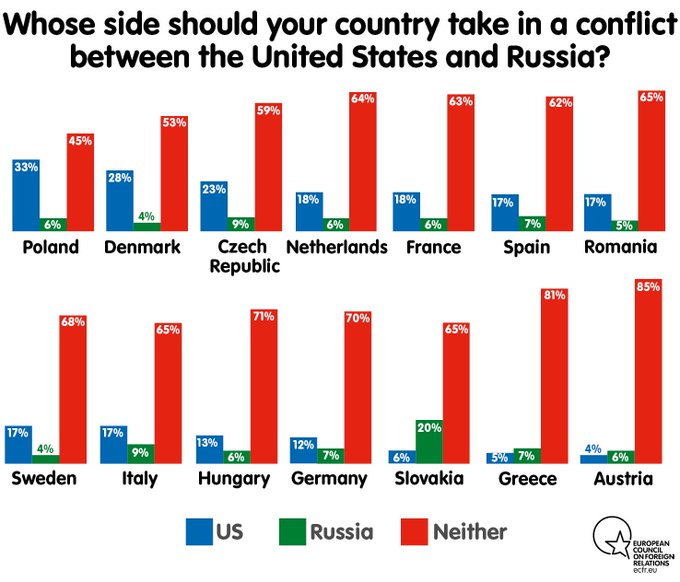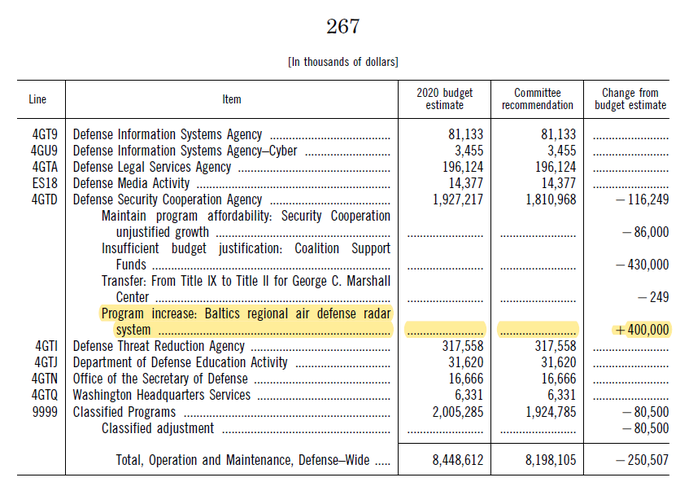Re: NATO artikkel 5
Postitatud: 13 Juul, 2019 20:37
NATO eriüksused harjutasid Ida-Euroopas
https://www.nytimes.com/2019/07/12/us/p ... ngary.html
https://www.nytimes.com/2019/07/12/us/p ... ngary.html
https://www.usafe.af.mil/News/Press-Rel ... KE.twitterU.S. Air Force fighter and mobility aircraft deployed to bases in Poland, Lithuania and Estonia today as part of Operation Rapid Forge, a U.S. Air Forces in Europe-sponsored training event designed to enhance interoperability with NATO allies and partners, improve readiness and sharpen operational capabilities.
F-35 Lightning II fighter jets, F-15E Strike Eagles, and C-130J Super Hercules aircraft arrived at Powidz Air Base, Poland, to conduct refueling and re-arming operations using inert munitions.
F-15E Strike Eagles and C-130J Super Hercules aircraft arrived at Siauilai AB, Lithuania, also to conduct refueling and re-arming operations using inert munitions.
F-15E Strike Eagles and MC-130J Commando II aircraft arrived at Amari AB, Estonia, to conduct refueling operations.
The ability to operate at forward locations enables collective defense capabilities and provides the U.S. and NATO allies the strategic and operational breadth needed to deter adversaries and assure our allies and partners.
The F-35s are deployed from the 388th and 419th Fighter Wings at Hill AFB, Utah. F-15E Strike Eagles are deployed from the 4th Fighter Wing, Seymour Johnson Air Force Base, N.C. Both squadrons of fighter jets are operating out of Spangdahlem AB, Germany. The MC-130J aircraft are from the 352nd Special Operations Wing at RAF Mildenhall, England, and the C-130J aircraft are deployed from the 317th Airlift Wing at Dyess Air Force Base, Tex., and are operating out of Ramstein AB, Germany.
Huvitaval kombel oleme meie nimekirjast väljas. Kas me ei osalegi või jäime lihtsalt kahe silma vahele?Список участников учения выглядит следующим образом (помимо самой Грузии):
Латвия, Литва, Бельгия, Болгария, Греция, Норвегия, Черногория, Польша, Румыния, Турция, США и Великобритания. Не обойдётся и без участия военнослужащих с Украины.

https://twitter.com/hdevreij/status/1156920973045719041Cold War flashback: the zone in West-Germany that the Dutch army was tasked to defend. Wartime strength: 3 armored divisions, comprising 3 brigades each. MBTs: 1,000 (max). Today's strength: 3 brigades (of which 1 armored), 18 MBTs (leased).

Rootslaste raporti seisukohti jagab ka "War on the Rocks-i" artikkel.kaur3 kirjutas:116-leheküljeline rootslaste raport Vene "mulli" lõhkumisest Balti mere piirkonnas.kaur3 kirjutas:Et mitte jätta muljet, et NATO peaks Trummi mõttekäigu peale püksid maha laskma, on hariv lugemine siin.
kaur3 kirjutas:Paar aastat tagasi anti välja "Dancing with the Bear. Managing Escalation in a Conflict with Russia". Soovitan lugeda eskaleerumise ja deeskaleerumise kohta alates lk 42.
http://www.ifri.org/sites/default/files ... morgan.pdf
https://www.foi.se/rest-api/report/FOI-R--4651--SEBursting the Bubble. Russian A2/AD in the Baltic Sea Region: Capabilities, Countermeasures, and Implications
ROBERT DALSJÖ, CHRISTOFER BERGLUND, MICHAEL JONSSON
Keywords: A2/AD; The Baltic Sea Region; NATO; Russia; air defense; anti-ship missiles; radar; decoy targets; Iskander; S-400; Bastion
https://warontherocks.com/2019/09/its-t ... challenge/So prevalent are scary A2/AD narratives that deflationary reports have started to come out, such as a recent publication by colleagues at Sweden’s Defence Research Agency titled Bursting the Bubble. These are welcome corrections to inflationary think tank reports and media hype
Citing illegal drilling activities in the Eastern Mediterranean, the European Council has imposed new sanctions on Turkey.


An Attack Against Them All?
Drivers of Decisions to Contribute to NATO Collective Defense.
https://www.rand.org/pubs/research_repo ... ce=twitterRussia's 2014 annexation of Crimea and military operations in Eastern Ukraine have prompted renewed discussion about the possibility of a Russian attack on a North Atlantic Treaty Organization (NATO) ally, particularly in the Baltics. Many analysts have raised questions about whether NATO members would respond militarily to such an attack. This report contributes to U.S. defense planning by identifying 13 key factors that are likely to affect each member's decision to participate in a military response to either an unconventional or conventional Russian attack. Based on this analysis, the report recommends ways to reduce allies' vulnerability to Russian influence and increase alliance cohesion.


